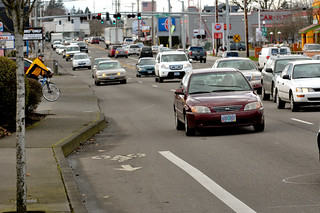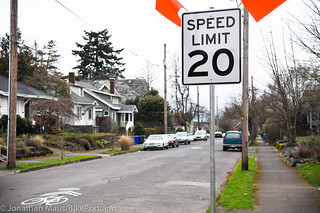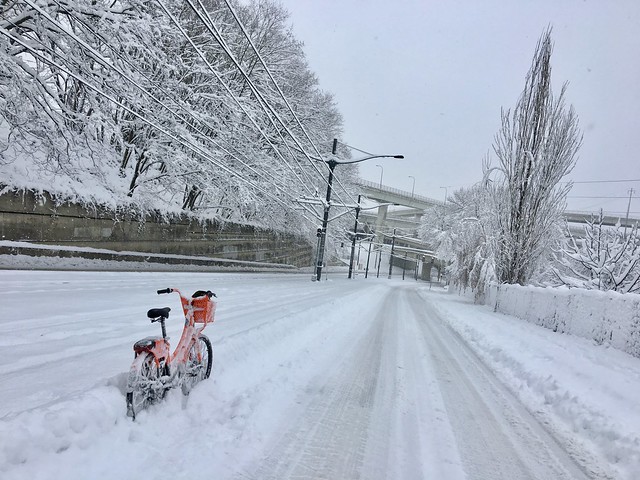Roads in Washington County are notorious for being wide and fast — which is why a new policy to physically separate motor vehicle users from bicycle users is such good news.
Last week the Washington County Board of Commissioners voted unanimously to codify their preference for protected bicycle facilities on major County roads.
In a statement about the policy, District 1 Commissioner (and Vice-Chair) Dick Schouten* said, “The board has long recognized the need to not only provide access to bicyclists, but to make sure that access is safe and equitable. Bicycling and other forms of active transportation promotes healthy lifestyles, reduces traffic congestion and improves our quality of life. As a Board, we are committed to doing everything we can to support this by making sure our roadways are safe for all modes of transportation.”
The policy (begins on page 45 of this PDF) that passed at the January 10th meeting not only states the Board’s preference, it also requires County staff to evaluate the feasibility of separated bicycle facilities on all County-funded capital road projects and then present those options to the Board before projects move beyond the 30 percent design stage. Also, when designing new road projects, County staff will be required to evaluate at least two bicycle facility types — including at least one that provides physical separation and/or protection of bicycle users from motor vehicle users.






















